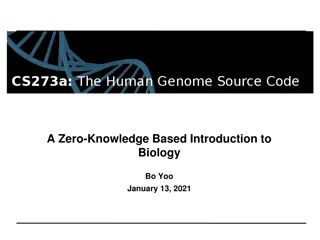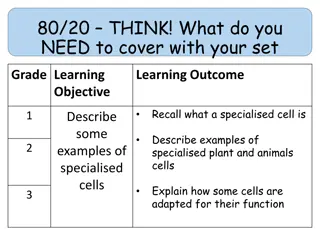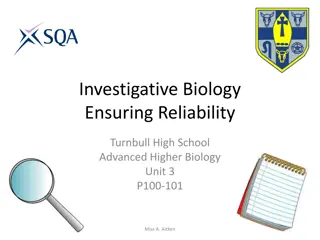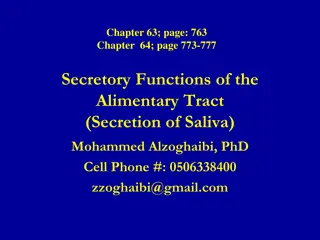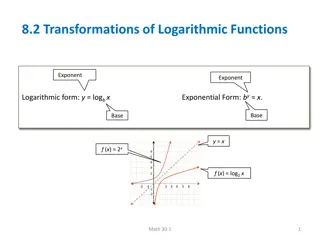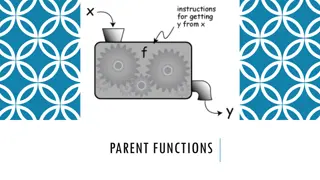The Basics of Life: Understanding Biology and Life Functions
Biology is the study of life, which involves understanding the characteristics that define living organisms. These characteristics include nutrition, transport, respiration, excretion, synthesis, regulation, and growth. Each of these life functions is essential for the survival and functioning of all living beings. Nutrition involves obtaining and processing materials, transport is about distribution within the organism, respiration is the process of obtaining energy from food, and excretion involves eliminating waste products. Additionally, organisms engage in synthesis to build larger molecules, regulation to coordinate activities, and growth to increase cell size or numbers.
Download Presentation

Please find below an Image/Link to download the presentation.
The content on the website is provided AS IS for your information and personal use only. It may not be sold, licensed, or shared on other websites without obtaining consent from the author. Download presentation by click this link. If you encounter any issues during the download, it is possible that the publisher has removed the file from their server.
E N D
Presentation Transcript
What is Biology? Biology is the study of life 1
SO WHAT IS LIFE Life is defined by a list of characteristics organisms must possess to be considered living. All living organisms contain the same life functions although their means of achieving them may be different 2
Life Functions 1. Nutrition - activities of an organism, used to obtain materials from the environment and process them for their use. Two Types of Nutrition Autotrophic CO2 H2O Light Energy Heterotrophic Materials Organic Food Ingestion Digestion Egestion All other organisms Process Photosynthesis Organism Plants & Algae 3
Nutrition Heterotrophic Autotrophic 4
Life Functions 2. Transport - involves the absorption and distribution of materials within an organism. 5
Life Functions 3. Respiration - includes the chemical process by which an organism obtains energy (ATP) from its food (Glucose). Food (glucose) 6
Respiration vs. Breathing Breathing is taking air in and out Respiration is converting food into energy. 7
Life Functions 4. Excretion - the removal of wastes produced by cells during metabolic activities. 8
Life Functions 5. Synthesis - includes the chemical activities by which an organism builds larger molecules from smaller ones. (to make) 9
Life Functions 6. Regulation - involves the control and coordination of various activities in an organism. (Nervous system and Endocrine system play a role). 10
Life Functions 7. Growth - increases in cell size and/or cell numbers. 11
Life Functions 8. Reproduction - production of new individuals. A species survival depends on reproduction. An individual s survival does not. 12
II. Important Terms 1. Metabolism - refers to all the life functions needed to sustain life. Does not include reproduction 2. Homeostasis - the maintenance of a stable internal environment. (Regulation helps to achieve Homeostasis) Your body systems are constantly adjusting to maintain homeostasis. 13
MR STRANGER M=Metabolism R= Respiration S= Synthesis T= Transport R= Regulation A= Ambulation (Locomotion) N=Nutrition G=Growth E=Excretion R= Reproduction 14










